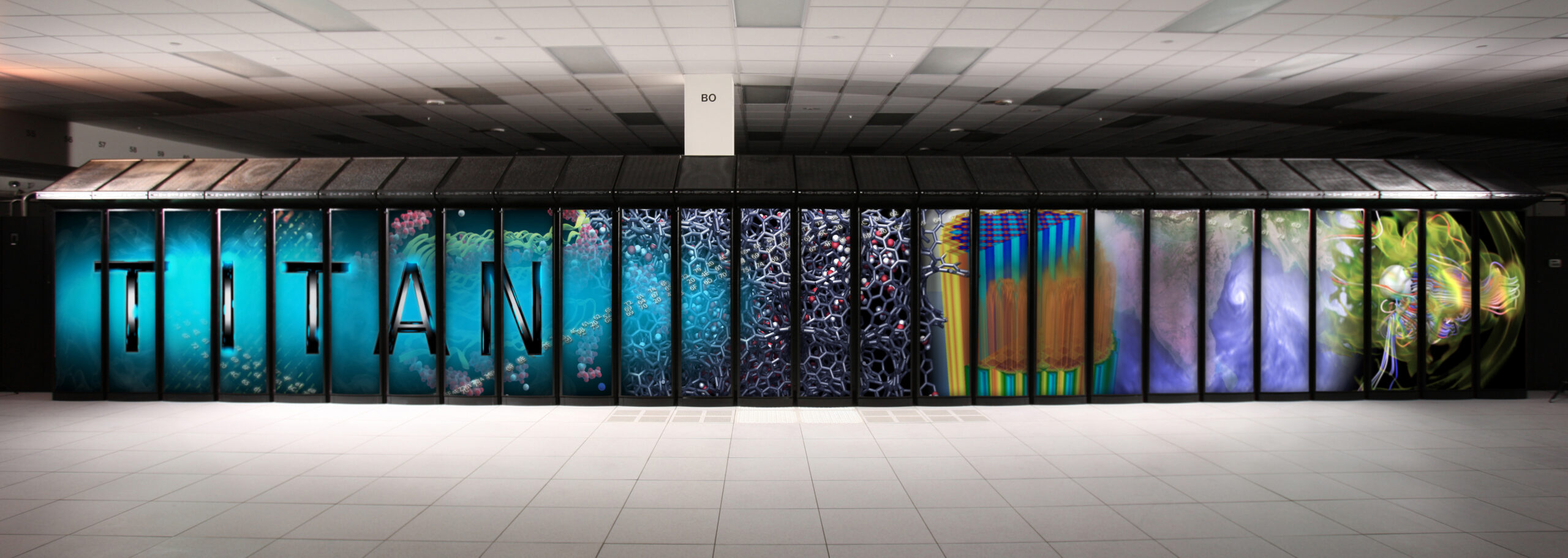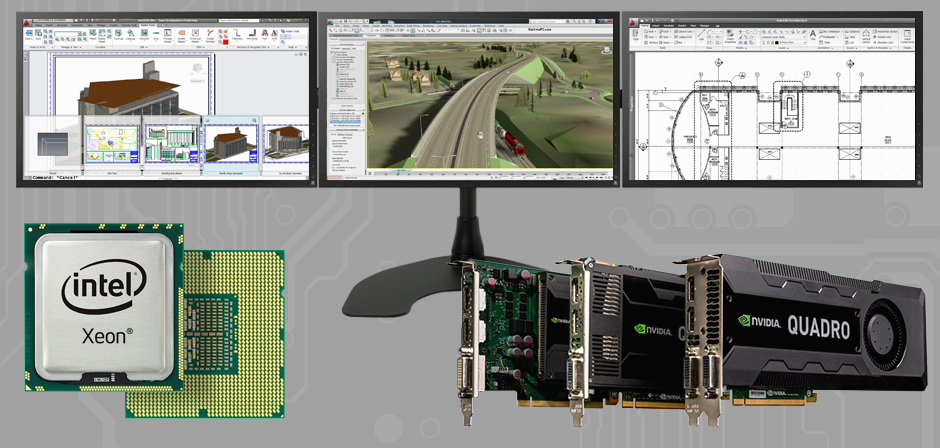As a company that for 15 years has been selling primarily gaming systems, we like to romanticize gaming as an extremely demanding workload that requires super powerful hardware. There’s no doubt that this is true. Playing the latest PC games not only requires high-performance hardware, the gaming market tends to be a driving force behind the development of faster, better products from manufacturers. However, to say that the lack of a gaming market would in one broad stroke cause advancements in hardware performance to stagnate would not be very accurate.
High Performance Computing (HPC) has long been the realm of vast, air-conditioned rooms full of behemoth server racks packed with thousands upon thousands of modularized computers crunching numbers and aiding in calculations for all sorts of complex applications in fields like bioinformatics, data science, medical imaging, and computation structural mechanics, to name a few. These “super computers” have been status symbols for countries looking to boast their technological superiority, and have even reached celebrity status on occasion when pitted against the brightest human minds on television game shows (Ken Jennings is still the greatest Jeopardy contestant ever, don’t care what anyone says). The past decade has been marked by a shift toward the use of GPUs – the same kind you find in your typical high-end gaming systems – in tandem and sometimes in place of traditional CPUs in these massive number crunchers. GPU-based supercomputers generally out-perform their CPU-centric counterparts, take up less space, and are far more efficient on a power consumption to petaflop basis. This has caused the development of products like the Intel Xeon Phi, which has the sole purpose of performing calculations. Nobody cares if it can play Crysis.
But a third market also exists that drives development of better computer hardware – the workstations that professional engineers, designers, animators, and editors use to produce increasingly accurate, realistic, and creative content are often among the most abused computers in the world. Not only do these professionals demand superior performance, reliability and accuracy are equally important in their world. A BSOD to a gamer means some cursing and frustration, but a BSOD to an engineer working on complex CAD document could mean the loss of thousands of dollars’ worth of downtime, missed deadlines, or worse. Processor and graphics card manufacturers routinely push the envelope to wring out maximum performance, reliability and feature sets from their hardware to accommodate this broad range of professionals. This crowd is the one that really demands the most high-performance, reliable computers in the world.
Enter the CYBERPOWERPC Power Mega Pro series. We’ve offered business workstations in the past, but not really like this. We’ve spent hours poring over all the data we could find on what makes the best workstation for specific types of applications. We’ve got our very own 3D modeling professional on staff that we consulted and used as a guinea pig for different configurations. The result is a series of heavily-curated, carefully selected workstation computers that we believe offer the best performance possible for all sorts of professional applications without having to empty your life savings. Too often companies charge huge price premiums on professional workstations over more traditional gaming-type PCs simply because they use special workstation-centric hardware. That doesn’t have to be the case. At CYBERPOWERPC we’ve been known to provide excellent value on gaming systems, and now we’re providing excellent value on professional workstations as well.
From the NVIDIA GeForce GTX 770 powering our Power Mega Pro Video model that was chosen because most professional video editing applications would be better off with a faster consumer card with more CUDA cores and higher clock speed than a more expensive professional one with a specialized feature set that isn’t as powerful, to the dual Intel Xeon E5-2620 v2 hex core processors, standard on our Power Mega Pro 3D Modeling system, that were chosen because rendering out animations in uncompressed 4K takes ages without plenty of CPU horsepower – these are curated machines designed to unleash your creativity and productivity.
Check out the product page on our website to learn more about what goes into the Power Mega Pro series, and the next time you or your firm is in the market for a reliable, high-performance work station, we hope you’ll give us a shot.


